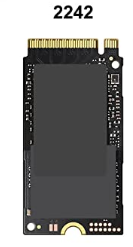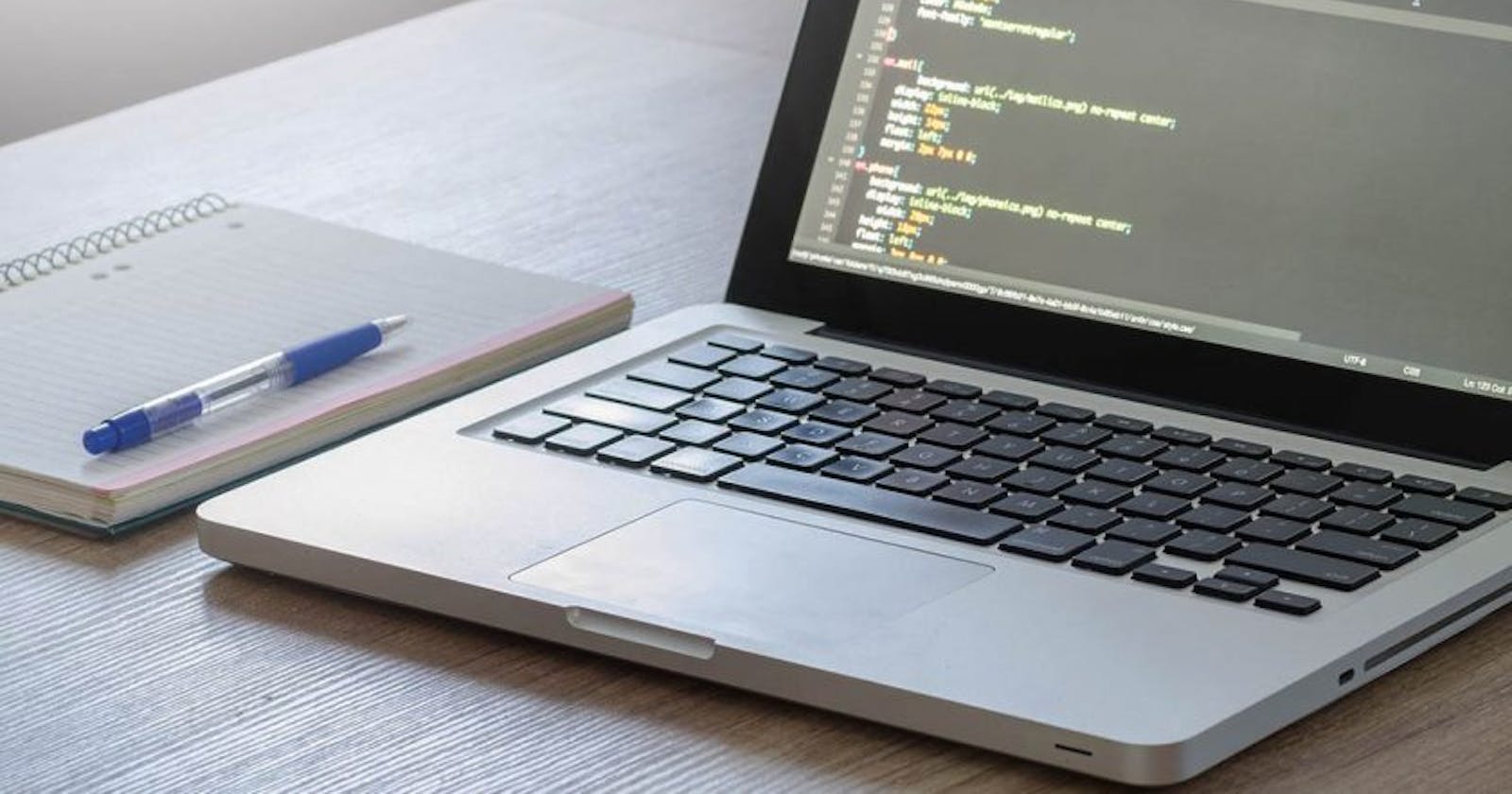This week, I received a call from a friend that her laptop went dead and asked me if I could try to revive it. Sometimes this task can be an easy one. In this case, not so much.
When I received the laptop, I attempted all the tricks and tips in my toolbelt for trying to revive it. Some tricks included removing the power cord and draining the battery, trying to start the laptop without the battery, reseating memory cards, and finally trying to enter the BIOS. All attempts failed, so I informed my friend and she asked me to try and retrieve the data from the hard drive. In most cases, it would be an easy task. In this case, not so much.
The challenge came when trying to find the laptop’s main hard drive. This laptop contained a SSD (solid state drive), and a place for a second one. In the place of the second SSD was a dummy holder, which in itself was a source of frustration. Finally, after several hours researching the motherboard for the laptop, I found that the SSD was a 2242 board style.

Because I was not aware of this new style of SSD, I had to get an external fixture for this drive to read it. I found a fixture that worked well for me, the ANYOYO NVME to USB Adapter. I received it yesterday and was able to read the drive, only to discover a new challenge.
When reading the drive, it was locked with a Bitlocker encryption. Bitlocker is an encryption, attached to your Microsoft account. When you go to the device that you logged into Microsoft from, you will need the Recovery Key, which is a 48-character value, that matches the Key ID.
From this point on, retrieving my friend’s data from the drive was a piece of cake.

